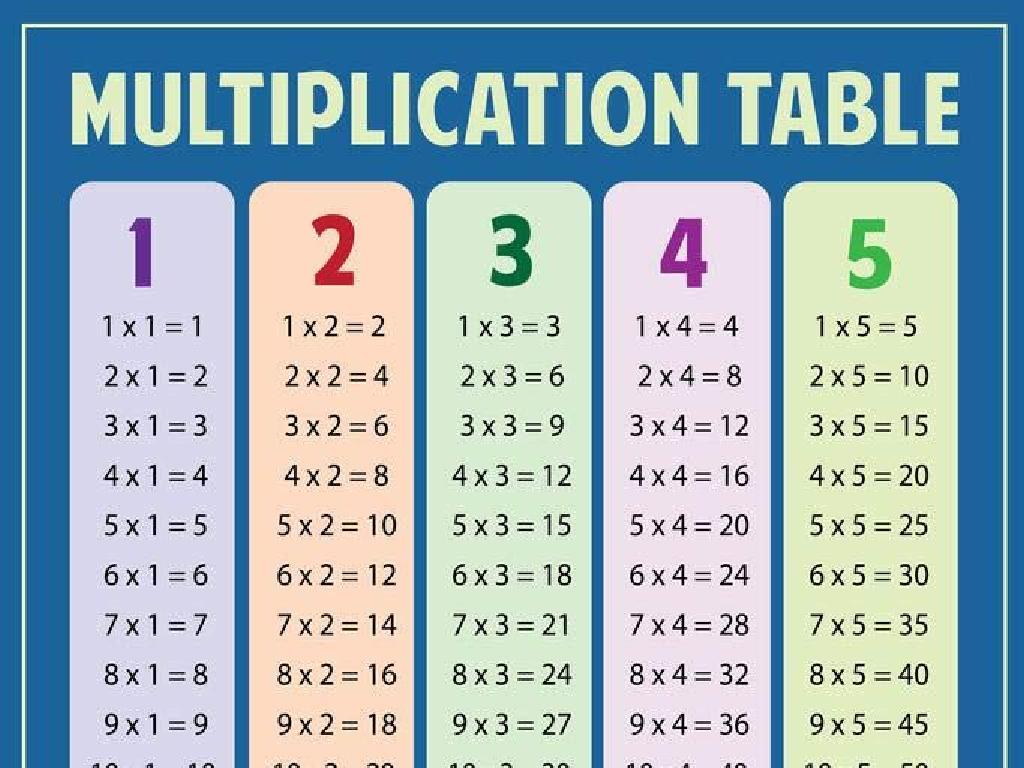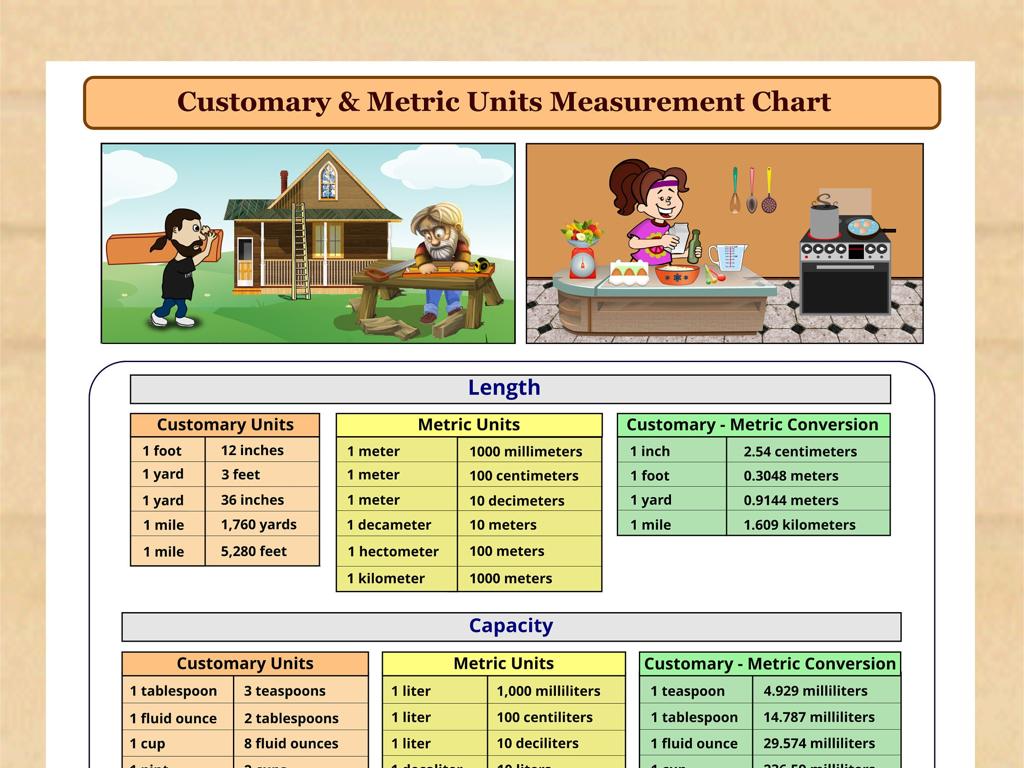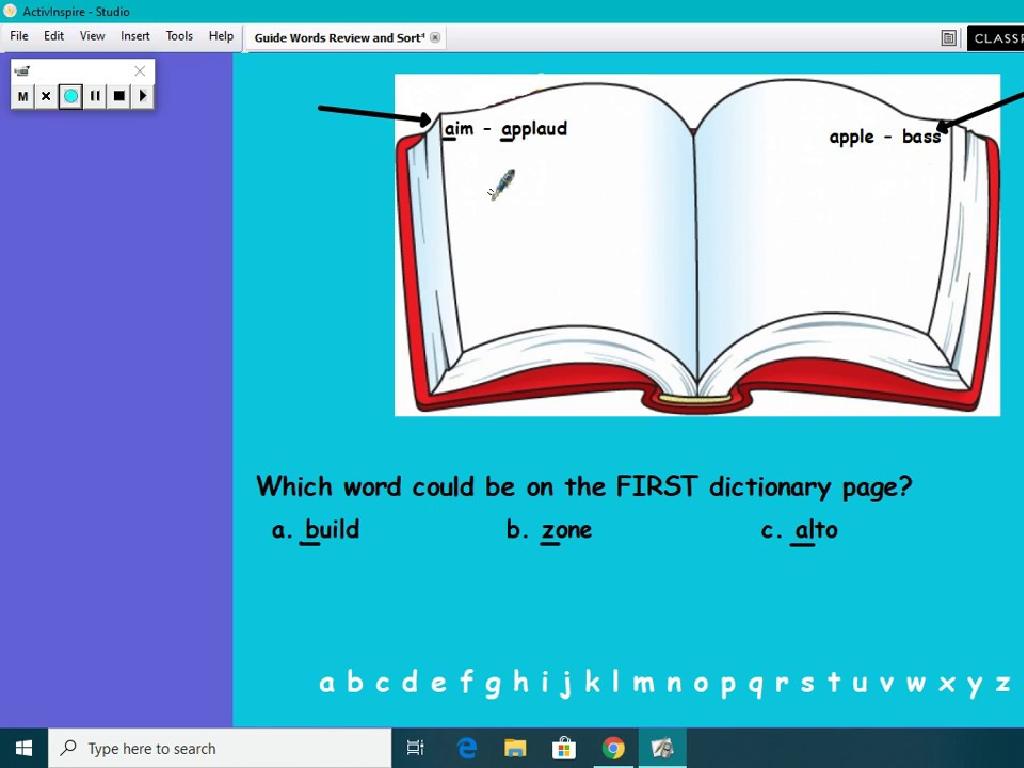The Constitution: Amendments
Subject: Social studies
Grade: Sixth grade
Topic: The Constitution
Please LOG IN to download the presentation. Access is available to registered users only.
View More Content
Introduction to the Constitution
– Foundation of U.S. laws
– It’s the supreme law that governs the country.
– The Constitution explained
– A living document outlining government structure & citizens’ rights.
– Significance of the Constitution
– It shapes our government and protects our freedoms.
|
This slide introduces the Constitution as the bedrock of all laws and governance in the United States. It is crucial for students to recognize the Constitution as a living document that outlines the structure of the government and the rights of the citizens. Discuss its importance in shaping the government and protecting the freedoms that Americans enjoy. Emphasize that the Constitution is still relevant today and how it impacts our daily lives. Encourage students to think about how the Constitution affects them personally and why it’s important to understand this foundational document.
The Bill of Rights: Our First 10 Amendments
– Understanding the Bill of Rights
– The Bill of Rights consists of the first 10 amendments to the U.S. Constitution, guaranteeing essential rights and liberties.
– Exploring our rights and freedoms
– These amendments cover freedoms like speech, religion, and the press, as well as the right to a fair trial and protection against unreasonable searches.
– The First Amendment in action
– Examples include freedom of speech in schools and the right to peaceful assembly during protests.
– The importance of the first 10 amendments
|
This slide introduces the Bill of Rights, which are the first 10 amendments to the U.S. Constitution. These amendments are crucial as they protect the fundamental rights and freedoms of individuals. Discuss each right briefly and provide contemporary examples to illustrate these rights in action, such as students wearing bandanas to school as a form of expression (freedom of speech) or people gathering for a cause (right to peaceful assembly). Emphasize the relevance of these amendments in everyday life and encourage students to think of other examples where they see the Bill of Rights at work.
Beyond the Bill of Rights: Amendments 11-27
– The Constitution’s flexibility
– The Constitution can be amended to reflect societal changes.
– Amendments 11 through 27
– These amendments address issues from civil rights to presidential terms.
– The process of change
– Amendments require a proposal by Congress and ratification by states.
– Impact of later amendments
– Amendments like the 19th (women’s suffrage) have had profound effects.
|
This slide introduces students to the amendments that follow the Bill of Rights, emphasizing the living nature of the U.S. Constitution. It’s crucial to explain that the Constitution was designed to be amended as needed to address new issues and challenges. Highlight the rigorous process required to change the Constitution, which involves both Congress and the states, ensuring a broad consensus is needed for any amendment. Discuss the significance of specific amendments, such as the 19th Amendment, which granted women the right to vote, and how these changes reflect the evolving values and principles of American society.
The Amendment Process
– Steps to amend the Constitution
– Proposal by Congress or convention, then ratification by states
– Congress & States’ roles
– Congress proposes amendments; states ratify or reject
– Examples of amendment attempts
– The 19th amendment granting women’s suffrage, the 18th and 21st amendments regarding prohibition and its repeal
– Significance of amendments
|
This slide aims to explain the process of how the Constitution can be amended, which is a testament to its living nature. Start by discussing the two-step process: proposal and ratification. Emphasize that an amendment can be proposed either by Congress with a two-thirds majority vote in both the House of Representatives and the Senate or by a constitutional convention called for by two-thirds of State legislatures. Once proposed, the amendment must be ratified by three-fourths of the states. Highlight the collaborative role between Congress and the states in this process. Provide real-life examples, such as the 19th amendment, which illustrates the successful use of this process to address social issues and adapt to changing values. The examples will help students understand the practical application and historical significance of the amendment process.
Case Study: The 19th Amendment
– Women’s fight for the vote
– Women worked tirelessly for the right to vote.
– The struggle for suffrage
– Suffragists faced opposition for decades.
– The 19th Amendment’s passage
– Ratified in 1920, granting women voting rights.
– Impact on society
– It was a monumental step for gender equality.
|
This slide delves into the 19th Amendment, which was a significant milestone in American history, marking the end of a long struggle for women’s suffrage. It’s crucial to highlight the perseverance of women who fought for their rights and the broader implications of their victory. Discuss the historical context leading up to the amendment’s ratification in 1920 and how it transformed voting rights and gender equality in society. Encourage students to reflect on the importance of the right to vote and how the 19th Amendment has shaped the political landscape of the United States.
Class Activity: Crafting Our Amendment
– Discuss an issue in groups
– Draft an amendment together
– Work as a team to write an amendment addressing the chosen issue
– Present your amendment
– Each group will explain their amendment to the class
– Reflect on the process
– Think about how this activity relates to how real amendments are created
|
This activity is designed to engage students with the process of how amendments are added to the Constitution. Start by having students form small groups and identify a current issue they feel passionate about. Guide them to draft an amendment that addresses this issue, ensuring that every group member contributes. Once the drafts are ready, each group will present their proposed amendment to the class, explaining the issue and how their amendment addresses it. After presentations, lead a reflection discussion on the challenges and importance of this process in a democratic society. This will help students appreciate the complexity and significance of the amendment process in the United States Constitution.
Reflecting on Constitutional Amendments
– Recap of amendment lessons
– Significance of amendments today
– Amendments ensure our Constitution evolves with society’s needs.
– Discuss our thoughts on the process
– How do we feel about the way amendments are added?
– Share personal reflections
– Any amendment you find particularly impactful?
|
This slide aims to wrap up the lesson on Constitutional amendments by summarizing the key points discussed. Emphasize the importance of amendments in adapting the Constitution to current times and protecting citizens’ rights. Facilitate a class discussion to allow students to express their thoughts on the amendment process and its relevance. Encourage them to think critically about how difficult or easy it should be to change this crucial document. Ask students to share any personal reflections or insights they’ve gained about specific amendments that they feel are especially meaningful in their lives today.





